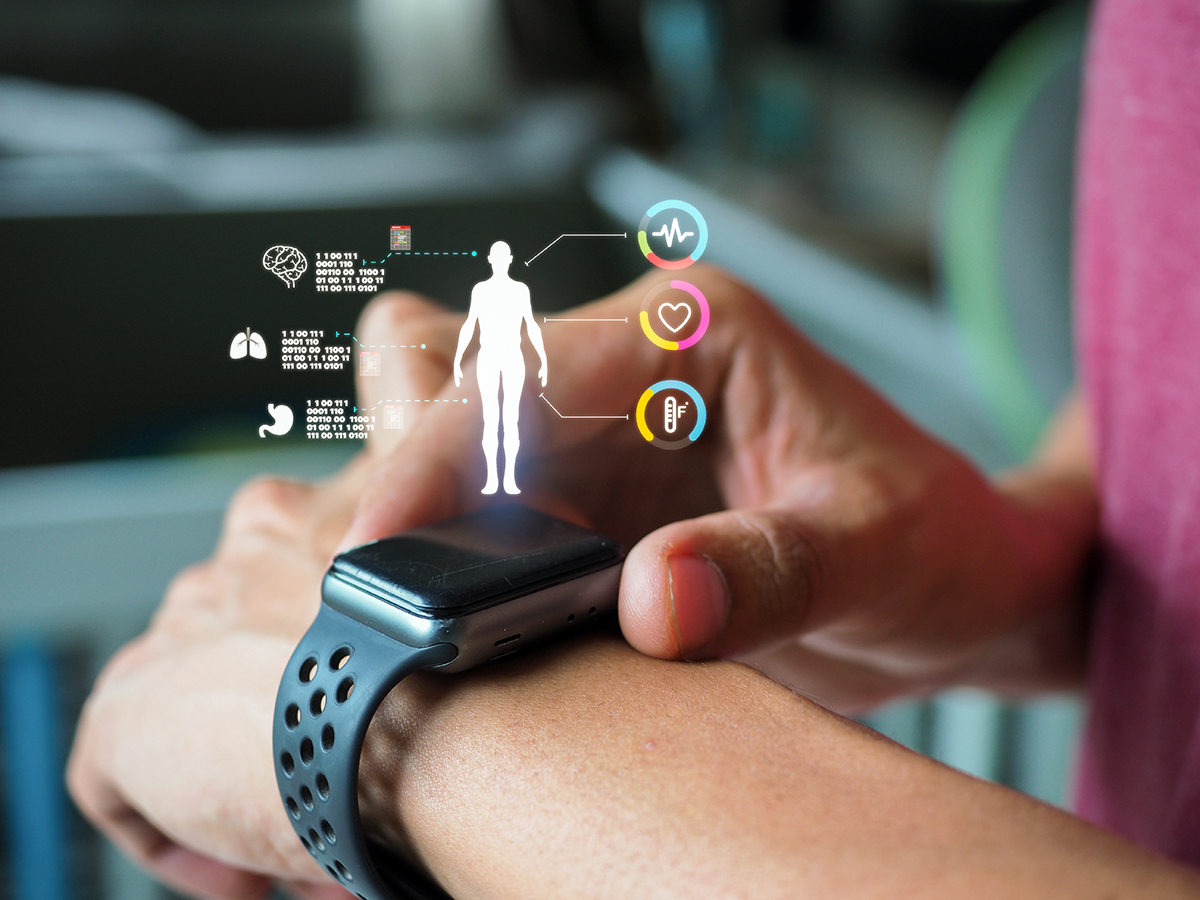
Sustainable IT in Healthcare Organizations for Happier Patients and Planet

Sustainability has rightly become a major concern for consumers and businesses alike. Accounting for 4% of CO2 emissions globally, the healthcare sector has pioneered technologies that have succeeded at improving patient outcomes, accelerating technological evolution, and reducing the carbon footprint.
Digital Health and Sustainability
Digital health systems play a key role in decreasing the healthcare industry’s carbon footprint. In fact, they have the potential to reduce overall emissions by 20% through 2050. We’ve seen many examples recently of how digital health has increased the efficiency of healthcare systems. Switching in-person clinical appointments to virtual consultations and remote monitoring of patients with chronic conditions such as diabetes are just two examples of digital health innovation at work. Driven by the twin goals of improving patient outcomes and increasing efficiency, many such systems have successfully improved the utilization of resources, whether through increasing time with clinicians, improving the use of hospital beds, or reducing carbon emissions through decreased energy usage.
Sustainable IT is a Strategic Imperative
Gartner expects half of CIOs will have performance metrics tied to the sustainability of the IT organization by 2025. The analyst firm has defined sustainable IT as “selecting and working with the right tools, hardware, and vendors to deliver the maximum possible output using the minimum viable resources.”
IT solutions certainly have the potential to transform healthcare into a lower-carbon, more sustainable sector. However, a narrow reliance on digital solutions can only do so much. Sustainability must be viewed as a cross-organizational responsibility that merits strategic thinking, senior buy-in, and a serious commitment to culture change.
Thanks to our strategic sustainability framework, Apexon can help guide organizations to successfully prioritize sustainable IT by focusing on three distinct areas:
1. Sustainable Solutions by Design
There are many instances where digitally-driven innovations designed to improve the patient experience have also had beneficial effects from an ESG perspective, such as Apexon’s engagement with one of the largest health providers in the U.S. to digitize the patient-provider experience.
However, until organizations systematize sustainability into their product development, they could be missing out on a far larger opportunity to decrease their carbon footprint. By considering ESG principles at the very early stages of the SDLC, organizations can begin to deliver solutions that improve patient outcomes as well as maximize sustainability by design. Once we begin thinking about sustainability early in the dev process, we see an opportunity for it everywhere.
For example, embedded IoT systems that use AI to monitor ESG metrics and predict the carbon footprint impacts. Sticking with the embedded systems example, we can use algorithms to model the performance of the system as it is subjected to different power constraints, enabling a deeper understanding of how ESG metrics can be tolerably achieved without compromising safety, or other key performance indicators.
2. Reducing the Carbon Footprint of Internal IT Operations
Organizations’ own internal IT systems have a crucial role to play in driving meaningful ESG improvements. We’re already seeing this with the shift to cloud services, where the consumption-based pricing model encourages organizations to use only what they need while the infrastructure enables them to transform whole processes into a more sustainable model.
Automation technologies have helped to streamline processes, converting manual, time, and resource-intensive procedures into automated tasks, which also reduces the overall carbon footprint. Meanwhile, advanced analytics enable real-time monitoring and insights while AI embedded into IT systems model the climate impact of healthcare delivery in different scenarios.
These tools work best as part of a wider sustainability framework capable of examining the potential ESG gains, implementing them, and monitoring them in real time. Typically, a broad range of digital solutions makes up a sustainable IT framework. The framework should include a GHG management system that harnesses the various, disparate ESG performance data into a single pane through which we can understand direct, indirect, and non-specific emissions. Such systems support, plan, and forecast portfolio optimization to drive actions that have a meaningful impact on ESG performance.
3. Leveraging Ethical Practices Across the Procurement Ecosystem
In today’s interconnected world, many healthcare companies are looking to further extend the impact of their ESG actions by ensuring that their suppliers meet pre-agreed sustainability criteria too. Supplier sustainability applications enable healthcare institutions to assess how third parties perform against their ESG standards, meanwhile AI from embedded systems can monitor suppliers’ ESG performance.
Digital solutions, like supply chain blockchain, can help provide visibility and assurance that ecosystem partners are adhering to the same sustainable standards. Blockchain, for example, can be used to verify transactions, increasing ESG transparency throughout the ecosystem.
Sustainable Digital Transformation
Digital tools have a clear role to play in helping healthcare companies reach their ESG goals, balancing the resource utilization of IT services against the overall carbon footprint they help to reduce.
Apexon’s sustainability framework helps healthcare organizations accelerate responsible digital transformation. By harnessing ESG data, AI, and advanced analytics throughout an organization’s digital infrastructure, Apexon helps organizations embed sustainability performance and practices. By embracing sustainable actions across digital initiatives from ideation to deployment, and by continually monitoring performance, Apexon’s sustainability framework helps healthcare organizations do what’s best for their patients and the planet.
To accelerate your net zero goals and find out more about Apexon’s sustainability framework, get in touch using the form below.




